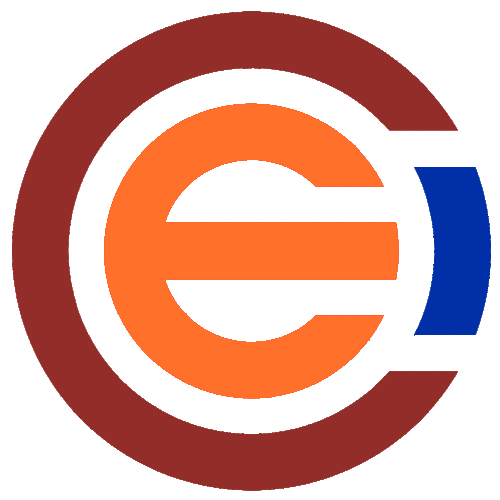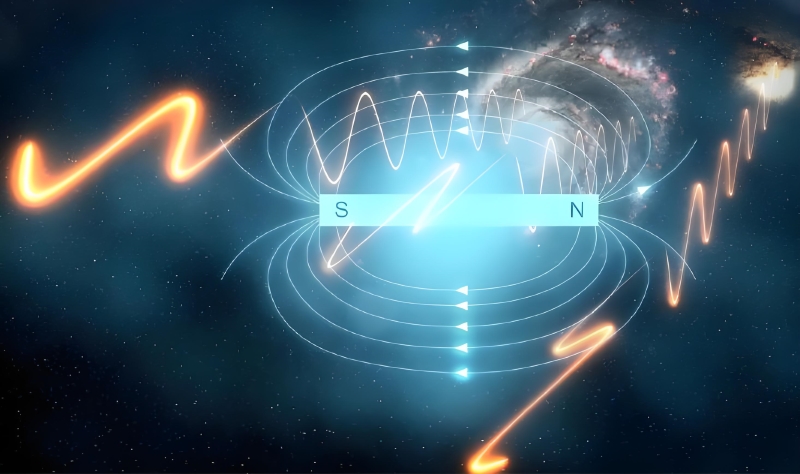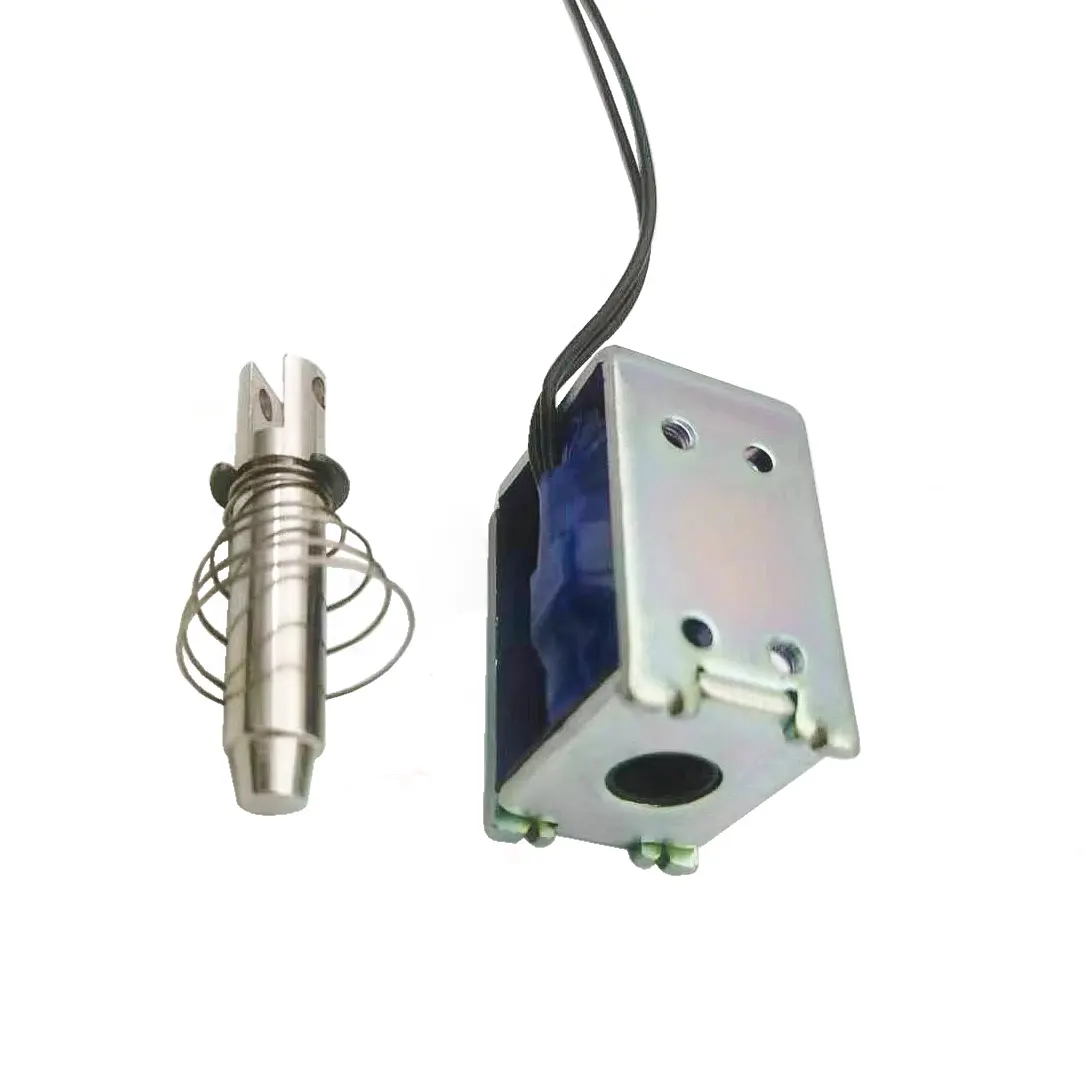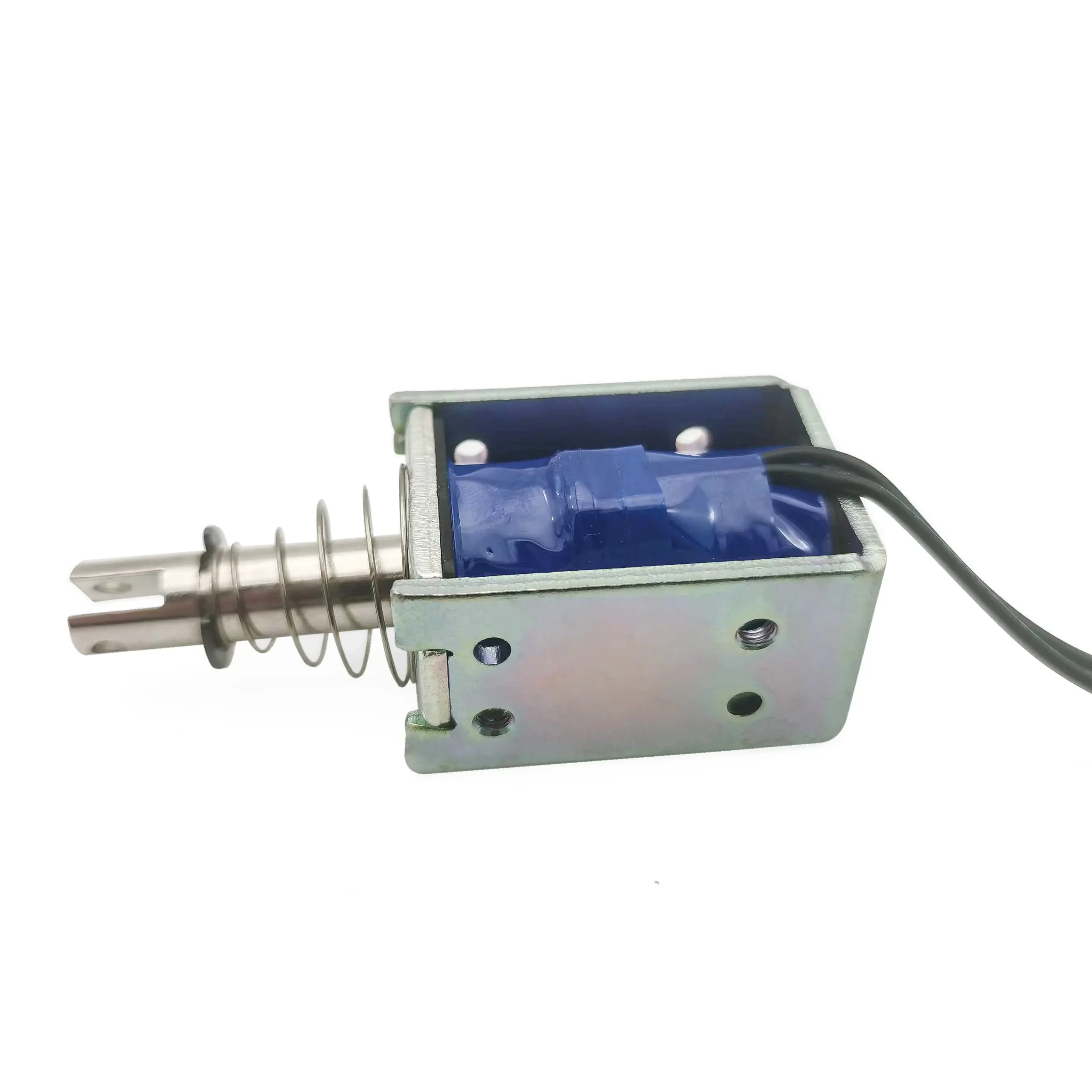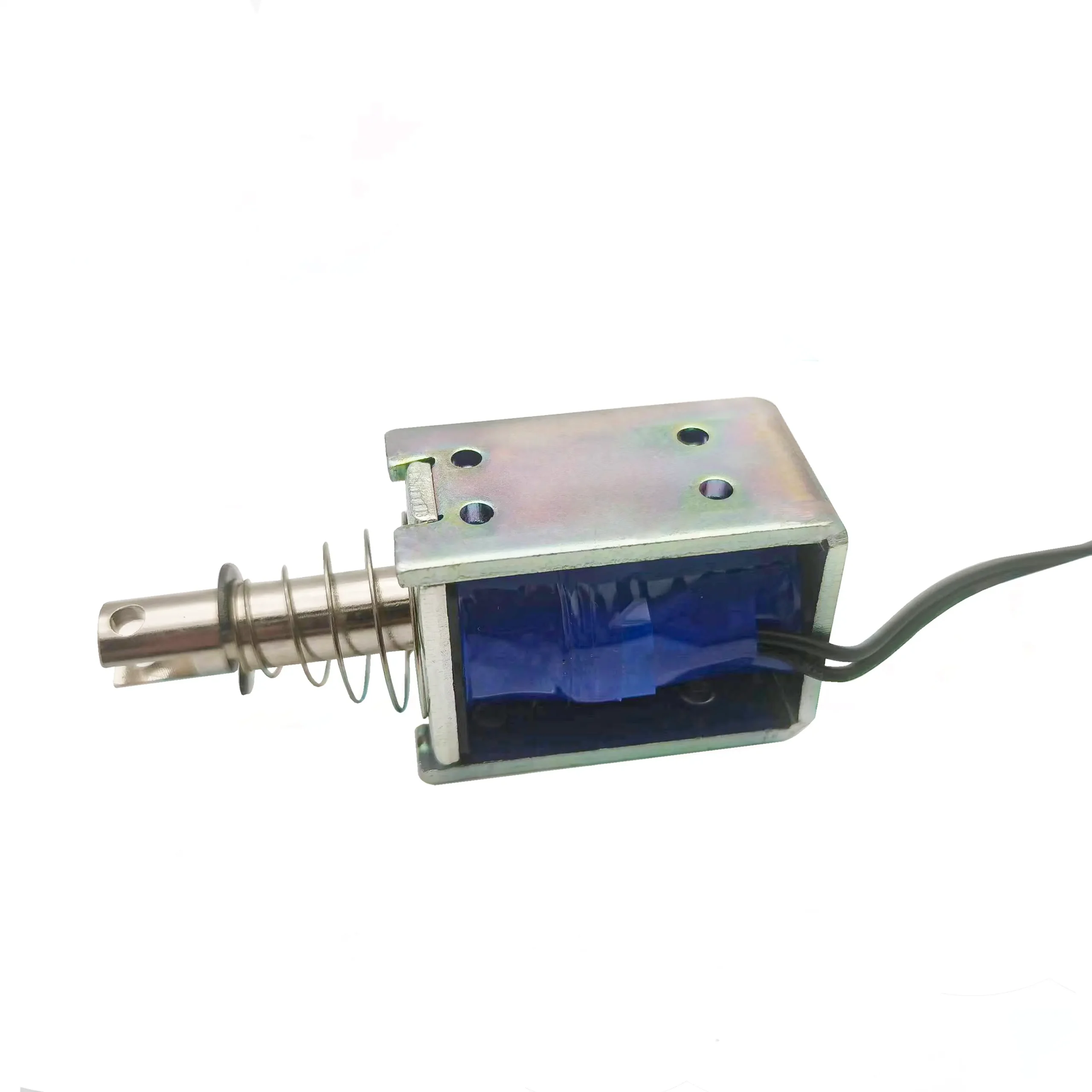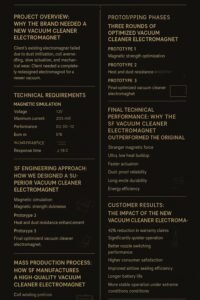Last Updated on 2025-09-03 by SolenoidFactory
In the realm of electromagnetics, the maximum attraction and holding force of an electromagnet are critical performance metrics that significantly impact its functionality and reliability in diverse applications. From industrial automation and robotics to automotive systems and security locking mechanisms, these forces determine the electromagnet’s ability to engage, hold, and release objects or components with precision and strength. This blog aims to provide a comprehensive analysis of electromagnet maximum attraction and holding force, exploring their definitions, significance, influencing factors, and implications for various use cases.
Defining Maximum Attraction and Holding Force
Maximum Attraction Force: This refers to the peak force exerted by an electromagnet when it first engages an object. It is the force required to initiate movement, overcoming static friction and any initial inertia. Maximum attraction force is crucial for quickly and reliably engaging loads, ensuring that the electromagnet can handle the intended application’s mechanical demands.
Holding Force: The holding force is the force that an electromagnet maintains to keep an engaged object in place once it has been moved. This force must be sufficient to overcome dynamic loads, such as vibrations or gravity, ensuring stable and secure engagement throughout the operation.
Significance of Maximum Attraction and Holding Force
Understanding and specifying the maximum attraction and holding force of an electromagnet is vital for several reasons:
Reliability and Safety: Ensuring that the electromagnet can generate adequate forces ensures reliable engagement and holding, preventing unintended disengagement and potential safety hazards.
Precision and Control: In applications requiring high precision, such as robotics or machine tool control, the electromagnet’s ability to exert precise forces is critical for accurate positioning and movement.
Load Handling Capacity: The maximum attraction and holding force determine the electromagnet’s load handling capacity, guiding engineers in selecting the appropriate electromagnet size and design for specific applications.
Factors Influencing Maximum Attraction and Holding Force
Several factors contribute to the maximum attraction and holding force of an electromagnet:
Coil Design: The number of turns, wire gauge, and length of the coil determine the amount of current that can be passed through it, which directly impacts the magnetic field strength and, consequently, the forces exerted.
Core Material: The type and grade of ferromagnetic material used in the core and armature significantly affect the electromagnet’s magnetic properties, influencing the strength of the magnetic field and the resulting forces.
Power Supply: The voltage and current capacity of the power supply determine the level of magnetization achievable, directly influencing the electromagnet’s attraction and holding forces.
Gap and Contact Surface: The distance between the electromagnet and the object it engages (air gap) and the contact surface area affect the force transmission efficiency. Smaller gaps and larger contact surfaces generally result in higher forces.
Operating Temperature: Temperature variations can alter the magnetic properties of the core material, impacting the electromagnet’s performance and the forces it can exert.
-
Rated 0 out of 5
-
Rated 0 out of 5
-
Rated 0 out of 5
-
Rated 0 out of 5
Application-Specific Considerations
When selecting an electromagnet for a specific application, engineers must consider the following:
Load Characteristics: The weight, shape, and material of the load to be engaged determine the required maximum attraction and holding forces.
Dynamic Loads: Applications subject to vibrations, impacts, or changing loads require electromagnets with sufficient holding force to maintain engagement under these conditions.
Safety Margins: To ensure reliability and account for potential variations in operating conditions, engineers often specify electromagnets with higher forces than strictly necessary, incorporating safety margins.
Environmental Factors: The electromagnet’s operating environment, including temperature extremes, humidity, and contaminants, can affect its performance and must be considered when selecting an appropriate design.
The maximum attraction and holding force of an electromagnet are fundamental performance metrics
The maximum attraction and holding force of an electromagnet are fundamental performance metrics that determine its suitability for diverse applications. Understanding these forces and the factors that influence them is crucial for designing and selecting electromagnets that meet specific requirements. By carefully balancing load characteristics, dynamic loads, safety margins, and environmental factors, engineers can ensure that electromagnet-based systems deliver optimal performance, reliability, and safety. As technology advances, ongoing research and innovation will likely lead to more efficient, versatile, and high-performance electromagnet designs, further expanding their potential applications and contributions to modern technology.
About SF electromagnets factory
Shengfeng Electromagnet Co., Ltd. was established in 2015 and is located in the Xiansha Industrial Park with beautiful scenery and convenient transportation. The company covers an area of 16000 square meters and has modern production plants, advanced production equipment and a high-quality technical team. Since its establishment, we have always adhered to the corporate philosophy of “innovation, quality, and service”, focusing on the research and development and production of electromagnets, constantly promoting product upgrades and technological progress, and providing customers with the best quality products and services.
Why choose SF electromagnet
HIGH END QUALITY:As the best solenoid electromagnet manufacturer in china, our QC team will ensure every single product you receive are best quality. We have professional quality testing machine.
PRODUCT DESIGN:Our sampling department has complete process of making drawings into reality. We also improve your product design based on our years of working experience.Tell us what you think.
STABLE DELIVERY TIME:As the best electromagnet manufacturer & supplier,we have sufficient manufacturing capacity, big orders won’t beat us, we can still deliver the order for you in time.
BEST PRICE:We are source factory of electromagnet and the best solenoid manufacturer in China, that’s why we can provide high quality bags with best price.
PRECISE MANAGEMENT:Nothing can be achieved if we don’t implement precise management. We are a company with complete management system.
7-24 SERVICE:As the best solenoid manufacturer, 24-7 immediate response: We’ll receive your feedback to make us a better supplier. Contact WhatsApp +86 18902611680
FAQs of electromagnet
We are a Chinese top electromagnet manufacturer and our factory is located in Dongguan. Welcome to visit our factory!
We pecialize in the design and production of high quality electromagnet,solenoid valve,such as rotary solenoid, bistable solenoids, latching solenoids, open frame solenoids, tubular solenoids, self-holding solenoid
•Of course, usually we will provide free samples, and you only need to cover the freight. For custom electromagnet samples, pls send your requirements to us for checking the sample cost.
• It takes about 7 days for sample production.
Yes, we provide free design services, structural design and simple graphic design.
Sure. We can do any electromagnet with your design. Now we open a ODM solenoid which is for small quantity from 100pc to 500pc,but you can still have your own logo.
Depending on the order quantity and production details, it will take about 15 to 20 days.
Always a pre-production sample before mass production; Always final Inspection before shipment
• Power,usage,size, material, quantity, shipping destination, etc.
• You can also just tell us your requirements and we will recommend products to you.
• By sea, by air or by express.
• If you have your own freight forwarder in China, it is the ex-factory or FOB price.
•CFR or CIF, etc., if you need us to ship on your behalf.
• DDP and DDU can also be used.
• More choices, we will consider your choices.
• The price is determined by the quantity, material, processing method, size and other factors. In addition, due to our continuous
technological innovation, the prices of some of our products are extremely competitive, please contact us to quote.
